

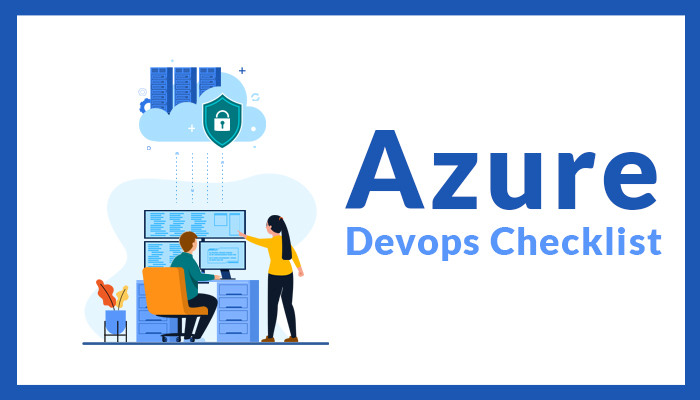
The article explains the Azure DevOps checklist and the ways how this checklist can help a DevOps expert.
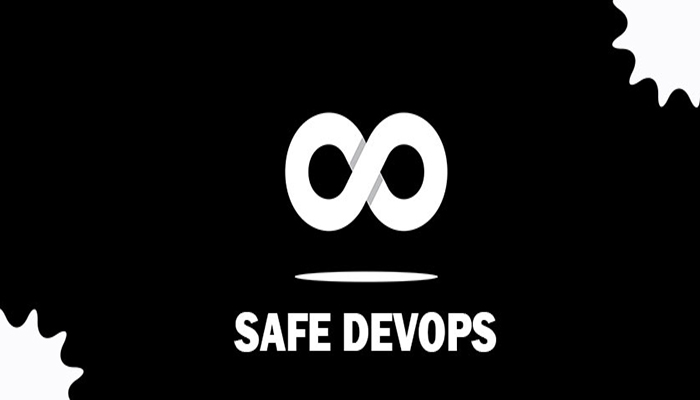
SAFe is a widely used system to implement Lean and DevOps practices at large-scale enterprise levels.
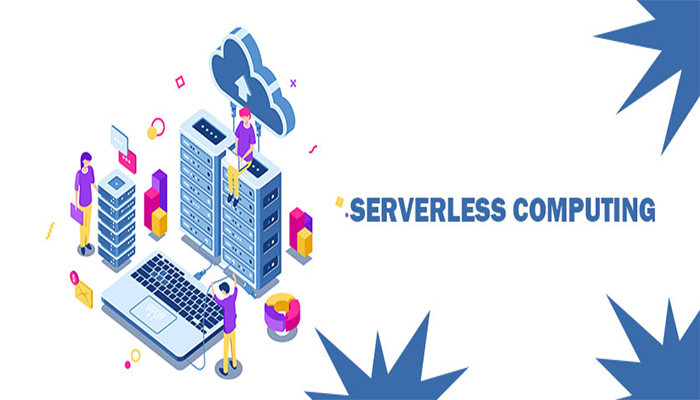
In this article, you will understand all about Serverless Computing, how it is beneficial for an enterprise, its limitations, types, and many other details.
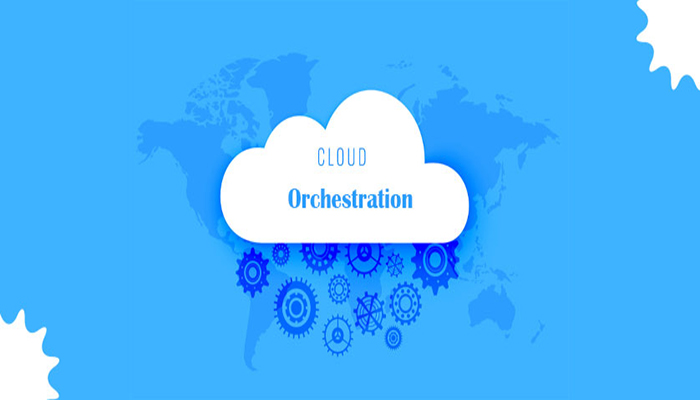
This article elaborates all about cloud orchestration including its pros, cons, significance for an organization, and its difference with cloud automation.
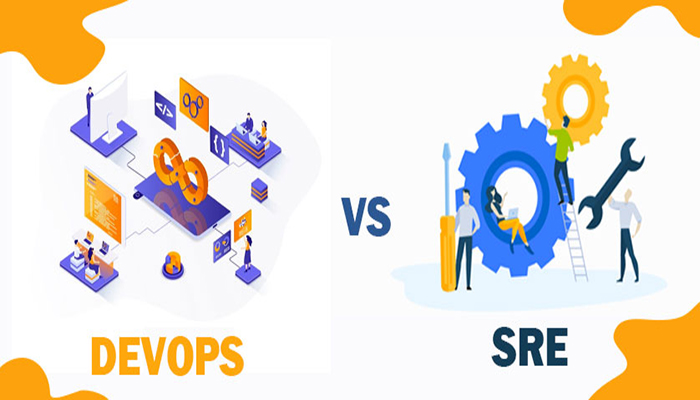
This article explains all about DevOps and SRE and how they are different from each other.
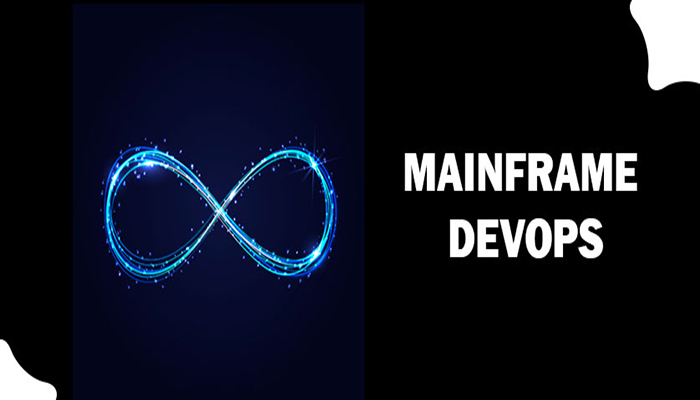
This article covers all the aspects of Mainframe DevOps including its benefits, challenges, tools, and strategies.
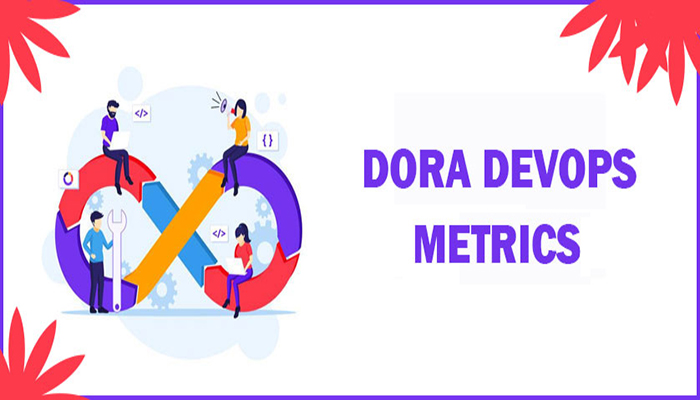
This article elaborates everything about DORA metrics, their elements, and why it is the foremost method of analyzing DevOps performance.
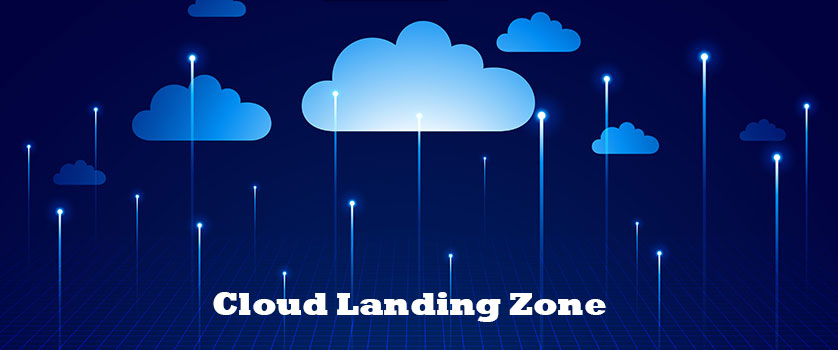
When it comes to creating this infrastructure, then the foremost step in the process is having the Landing Zone or Cloud Landing Zone.
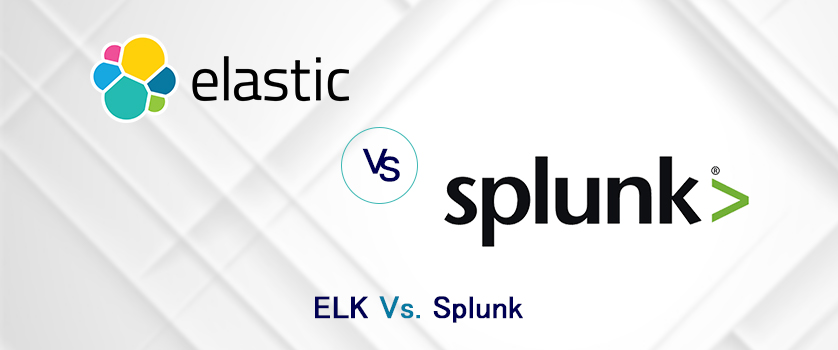
Though ELK and Splunk are two similar tools designed to serve a similar purpose, their differences cannot be overlooked.Therefore, in this article, we have highlighted the major differences between these two log management tools.
.jpg
)
Code coverage measures how many lines, statements, or blocks of your code have been tested using automated tests.A code coverage tool works with a specific programming language.
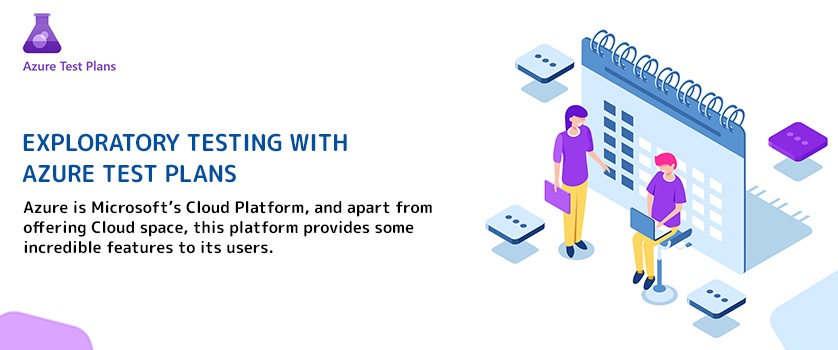
Besides this, the tester can convert exploratory testing sequences into functional test scripts, using tools for automated test case documentation, which boosts the traditional testing process.
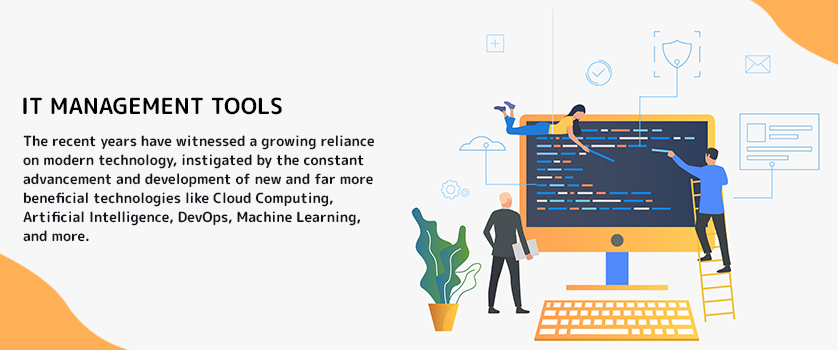
Here are some of the most popular and efficient IT management tools.
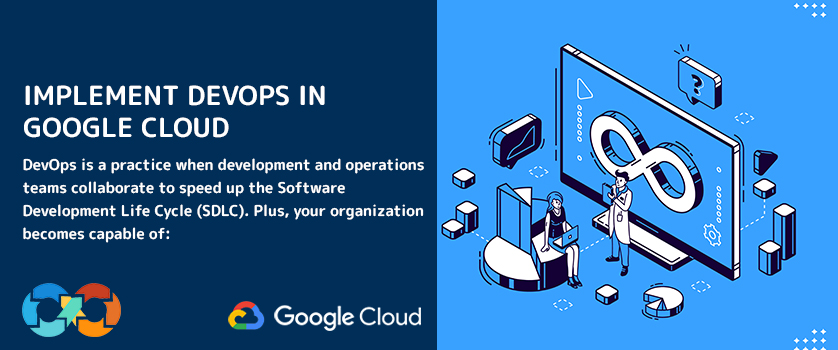
And in this article, we are going to tell you how you can implement DevOps in Google Cloud.
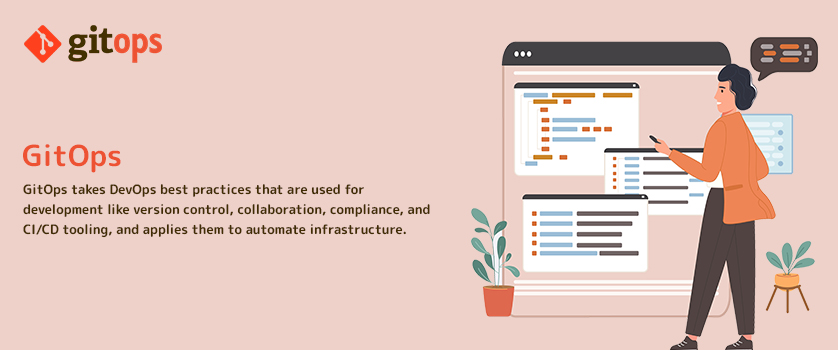
GitOps takes DevOps best practices that are used for development like version control, collaboration, compliance, and CI/CD tooling, and applies them to automate infrastructure.
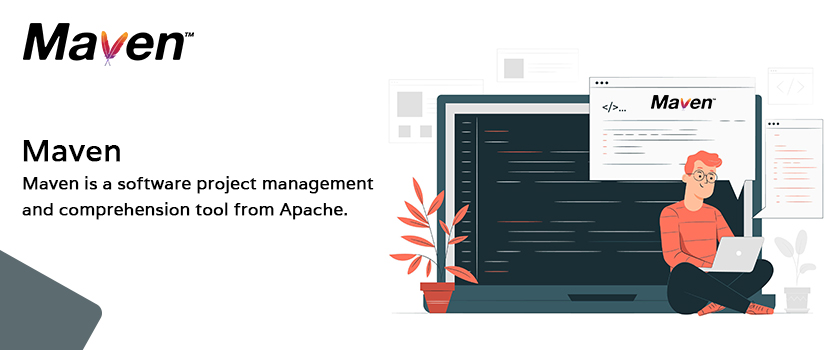
Maven is a software project management and comprehension tool from Apache.
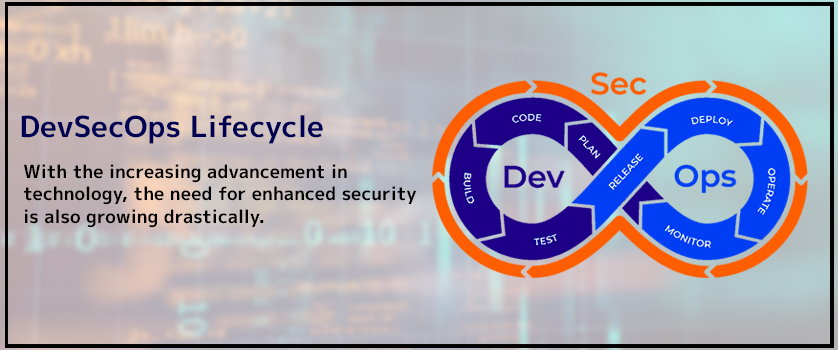
In this article, we define the importance of DevSecOps and the process it uses to ensure complete security.
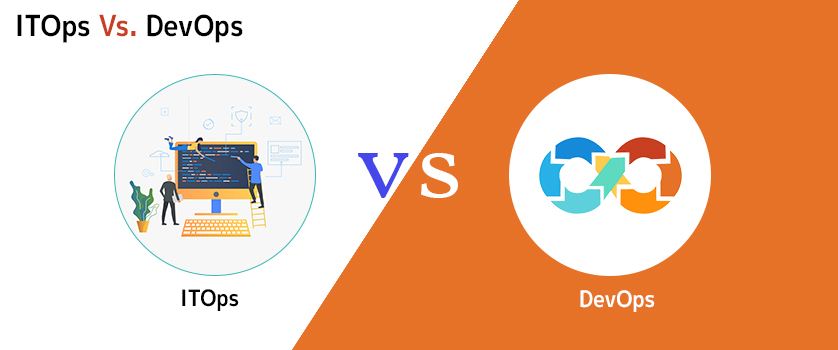
Lets highlight key difference between ITOps and DevOps here in our comparison blog.
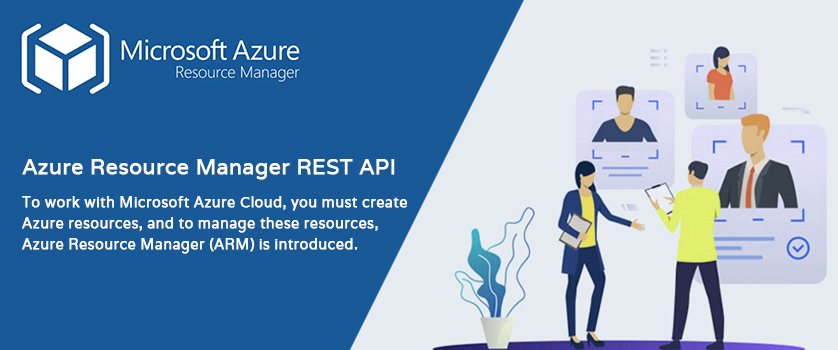
ARM templates are customizable and built using the Azure Portal, Visual Studio, or Visual Studio Code.

Azure Test Plans also provides a browser extension for exploratory testing and gatherers feedback from stakeholders.
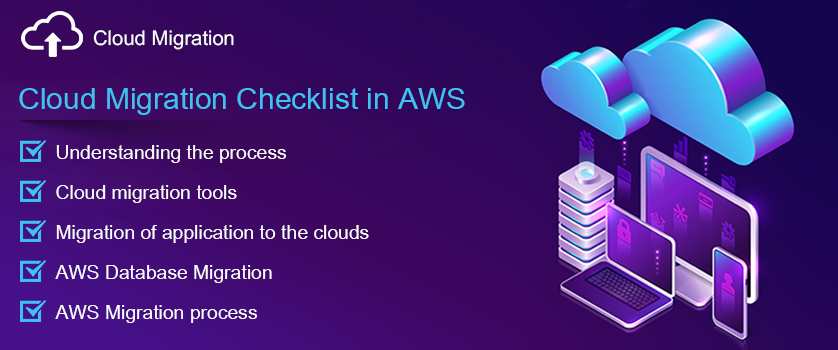
When we mention migration, it simply refers to movement from legacy systems to a cloud infrastructure. Amazon Web Services has emerged as one of the most trusted and secure cloud platforms enabling the safest ways to save data, run applications, and provision a wide range of computing services on the cloud.
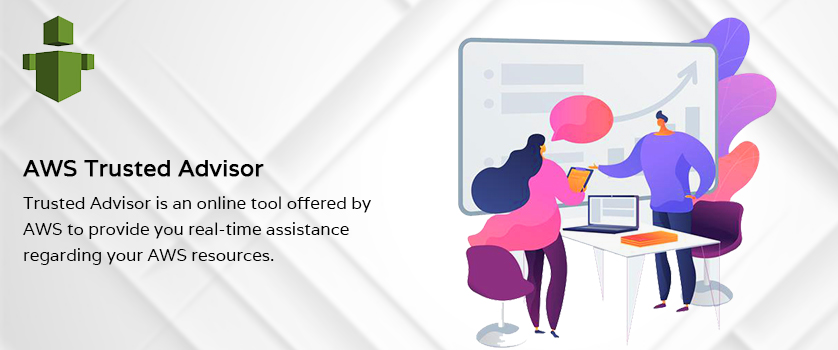
Trusted Advisor is an online tool offered by AWS to provide you real-time assistance regarding your AWS resources.
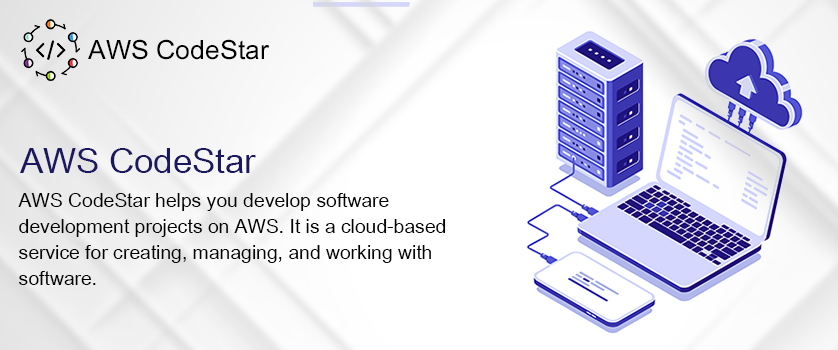
AWS CodeStar helps you develop software development projects on AWS. It is a cloud-based service for creating, managing, and working with software.
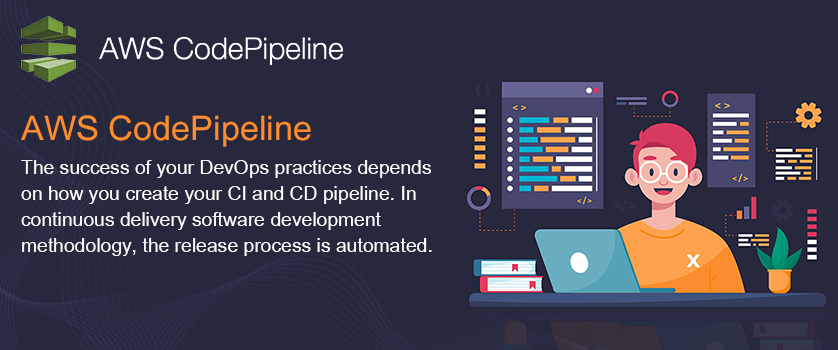
AWS CodePipeline is a continuous delivery service that helps you release your software. With AWS CodePipeline, you can make the full release process for building your code, deploying to pre-production environments, testing your application, and releasing it to production.
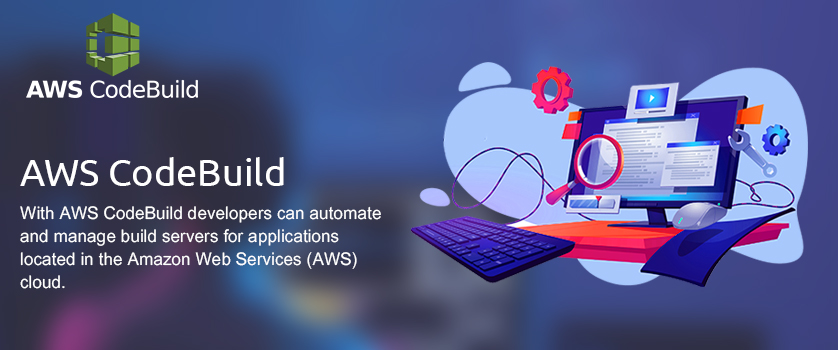
With AWS CodeBuild developers can automate and manage build servers for applications located in the Amazon Web Services (AWS) cloud.
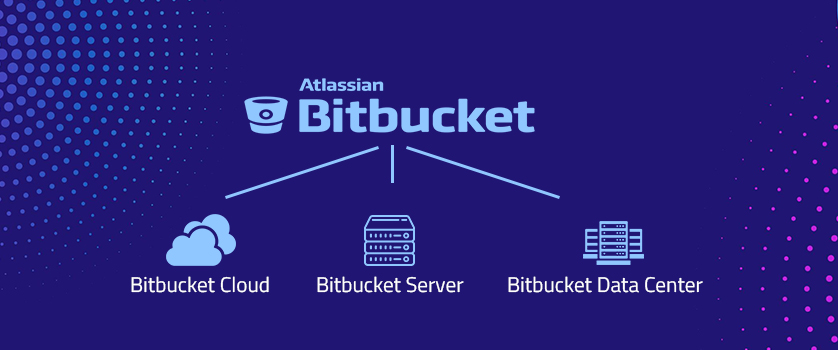
Atlassian, Bitbucket is an open-source Git repository that provides centralized access to the users for managing their own source code.

Amazon Inspector automates security assessment to improve the security and compliance of applications deployed on AWS.
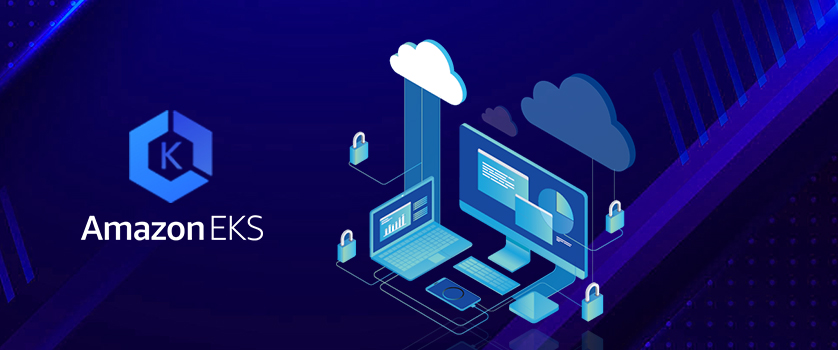
Amazon Elastic Kubernetes Services (EKS) is a provision to run Kubernetes applications on the AWS cloud platform. EKS provides an automated framework, where tasks such as patching, node provisioning, and updates can be performed.
.jpg)
A code coverage tool works with a specific programming language. Apart from that, they can be integrated with build tools,ci tools,project management tools too.
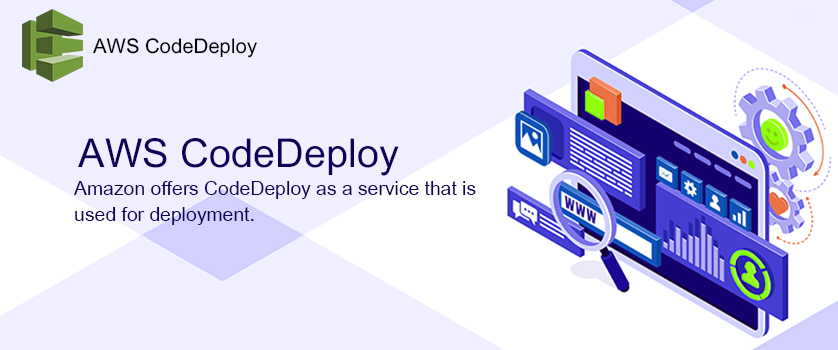
Amazon offers CodeDeploy as a service that is used for deployment. It helps in the automation of the application deployment of Amazon EC2 instances, on-premises instances, serverless Lambda functions, and ECS services.Explore AWS CodeDeploy here
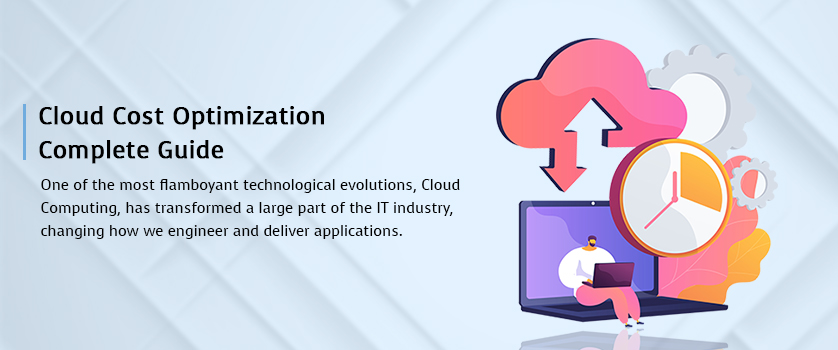
The impact of Cloud Computing is not only limited to data management. It also extends to other technologies like DevOps, where it empowers every step of the development life cycle, allowing applications to be built and tested on various environments effortlessly.
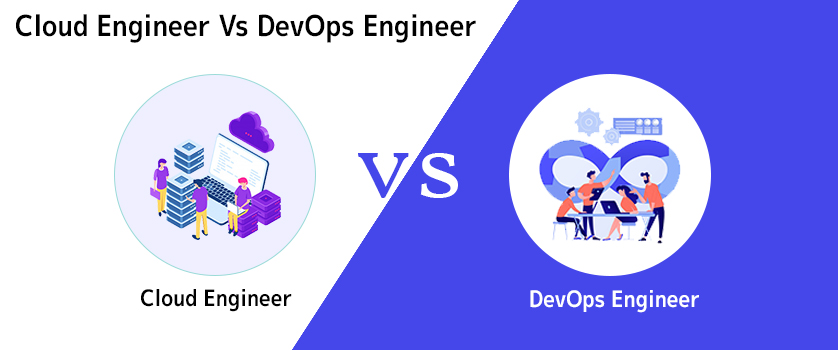
Since DevOps Engineers work on the Cloud and Cloud Engineers help you set up Cloud infrastructure, people get confused between the two roles.Lets clear some air on both.
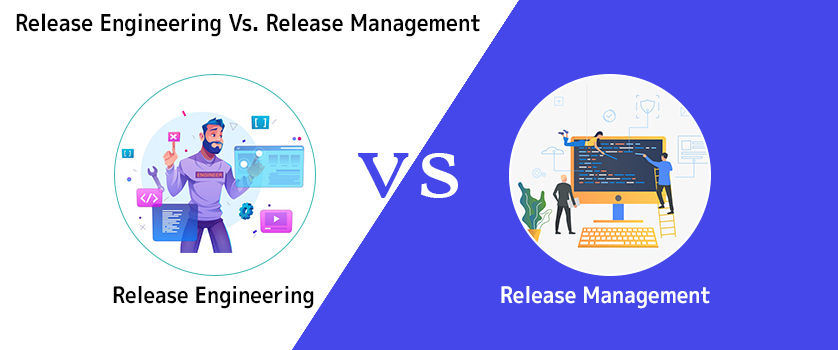
Release Engineering and Release management are two phases in DevOps-based software development that are often confused with one another. Though the two seem similar, release engineering and release management have different functions and implementation processes.
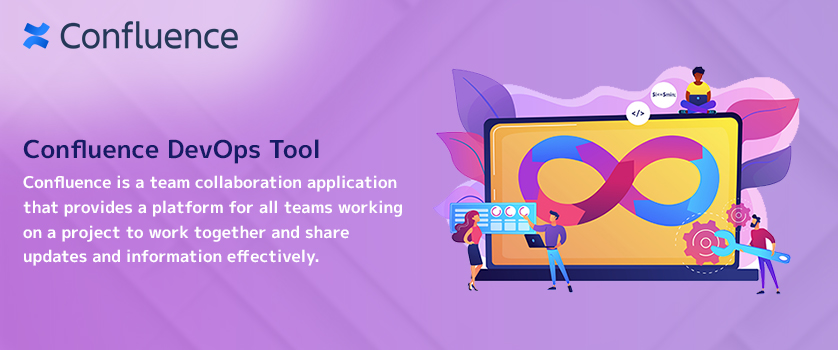
Confluence is a team collaboration application that provides a platform for all teams working on a project to work together and share updates and information effectively. It reduces lots of communication gaps and improves the software development process.
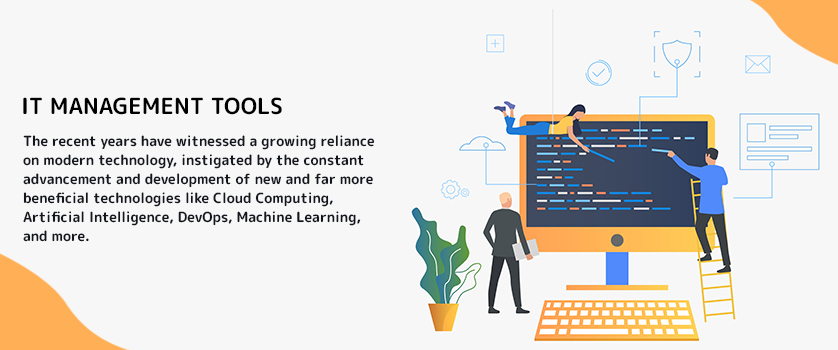
IT Management tools have become the need of the hour, enabling businesses to unify software projects, manage project collaborations, and automate numerous simple tasks.Lets look at some of best IT Management Tools 2022.
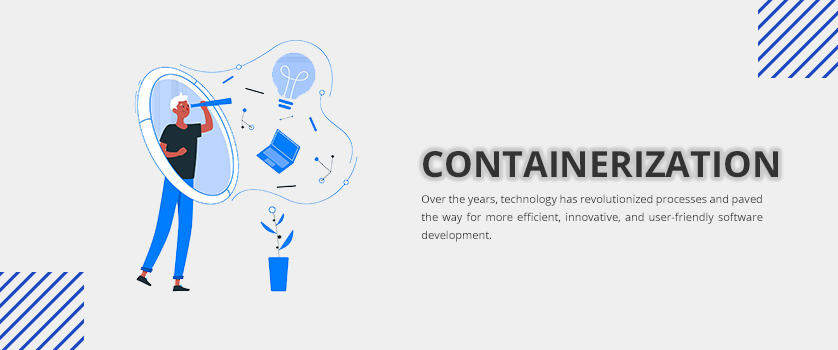
Containerization refers to the process of creating packages that consist of software codes and dependencies such as frameworks, libraries, and configuration files required for any application to run on any environment.

Ansible is a powerful tool that is helpful while automating cross-platform computer support. Primarily, it is used by IT professionals. Tasks such as application deployment, updating workstations and servers, cloud provisioning, configuration management, intra-service orchestration, and many other tasks that a system administrator has to perform, can be easily done with Ansible.

Application Release Automation is also known as Application Release Orchestration. This practice is a must for contemporary DevOps teams that want to integrate CI and CD in the software development life-cycle (SDLC). When you integrate continuous integration (CI) and continuous delivery (CD) in your business, you can roll out new features consistently and quickly for production while ensuring security and no downtime.
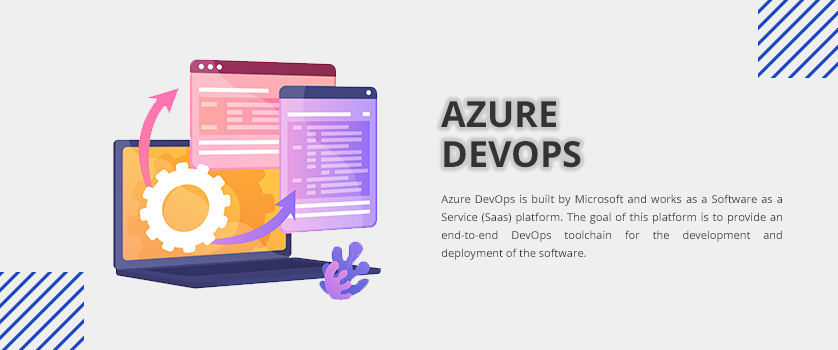
Azure DevOps is built by Microsoft and works as a Software as a Service (Saas) platform. The goal of this platform is to provide an end-to-end DevOps toolchain for the development and deployment of the software. The best part of the Azure DevOps is that it lets you integrate various tools that are built for orchestrating a DevOps toolchain.
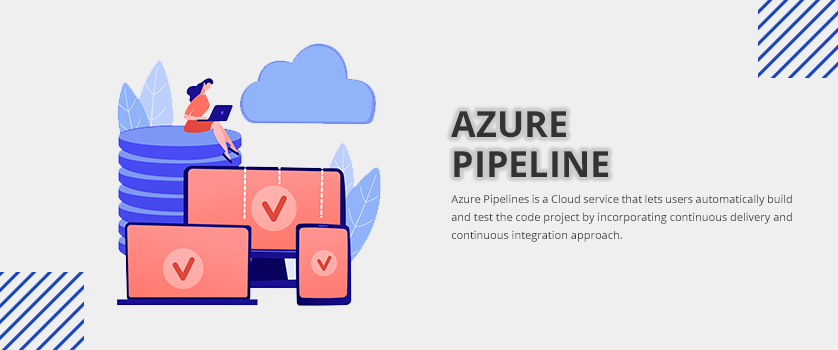
Azure Pipelines is a Cloud service that lets users automatically build and test the code project by incorporating continuous delivery and continuous integration approach.
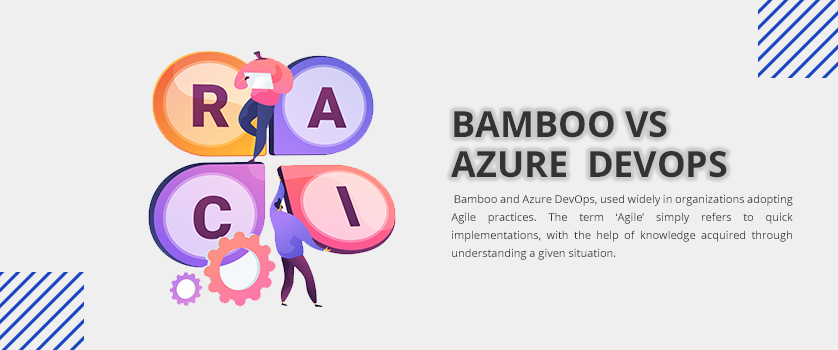
This article talks about two tools - Bamboo and Azure DevOps, used widely in organizations adopting Agile practices. The term �Agile� simply refers to quick implementations, with the help of knowledge acquired through understanding a given situation.
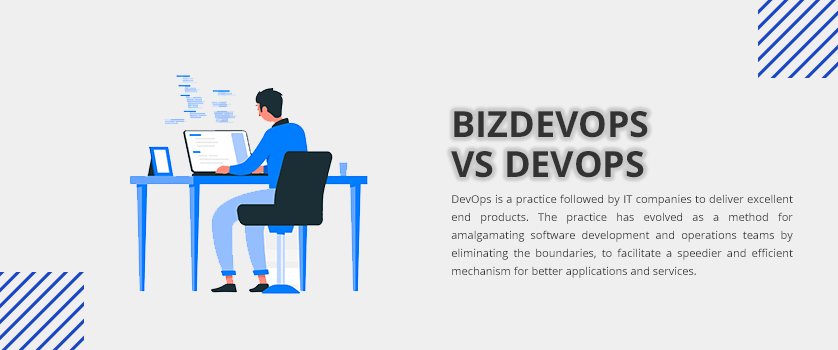
DevOps is a practice followed by IT companies to deliver excellent end products. The practice has evolved as a method for amalgamating software development and operations teams by eliminating the boundaries, to facilitate a speedier and efficient mechanism for better applications and services.

Chef is an automation tool that helps organizations automate the configuration management process and various other tasks using simple steps. Well, that�s the basic explanation of this tool.
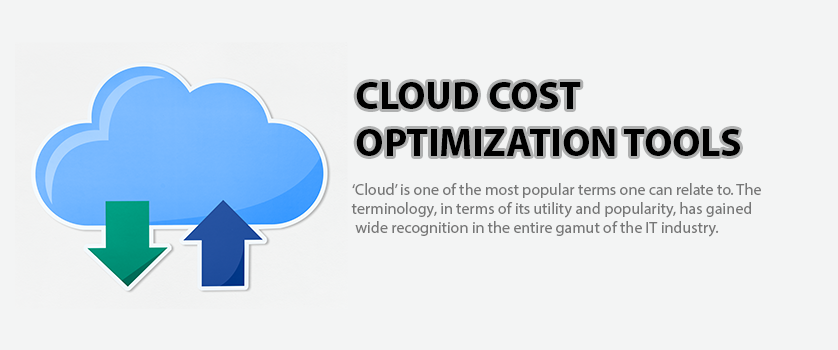
�Cloud� is one of the most popular terms one can relate to. The terminology, in terms of its utility and popularity, has gained wide recognition in the entire gamut of the IT industry.
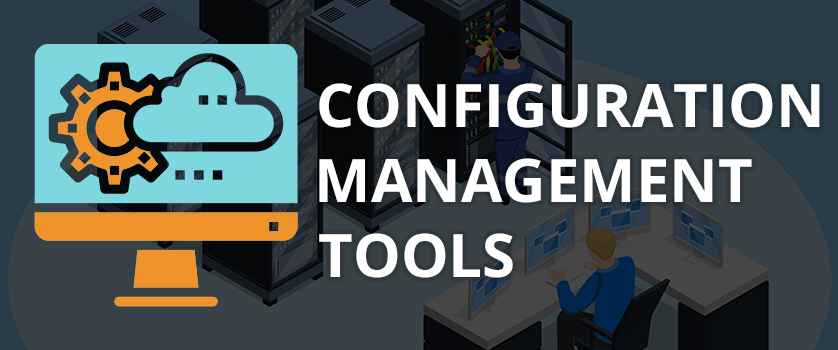
DevOps technology is taking the world, especially the IT industry, by storm and helping organizations embark on a new digital revolution. Over the few years, DevOps has become essential to the software development lifecycle (SDLC) by enabling organizations to deliver excellence at every step of the way and thrive successfully in today�s competitive environment.

Continuous Integration is one such practice that helps improve the efficiency of software development workflow and streamlines it to be more manageable, comprehensive, agile, secure, and reliable.
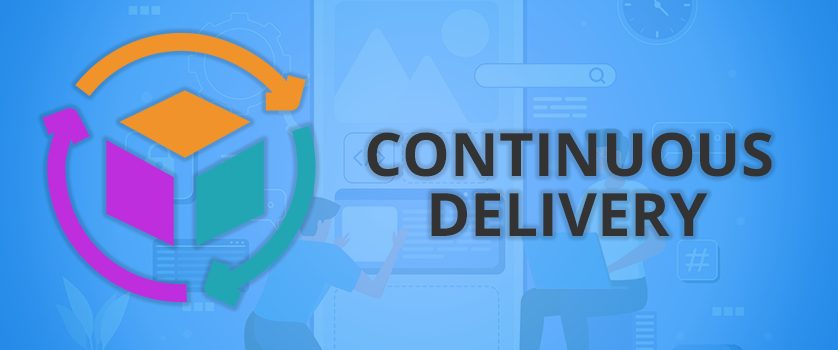
An ongoing software development practice, Continuous Delivery is focused on automatically preparing the code changes for a release to the testing/production environment after the build stage.
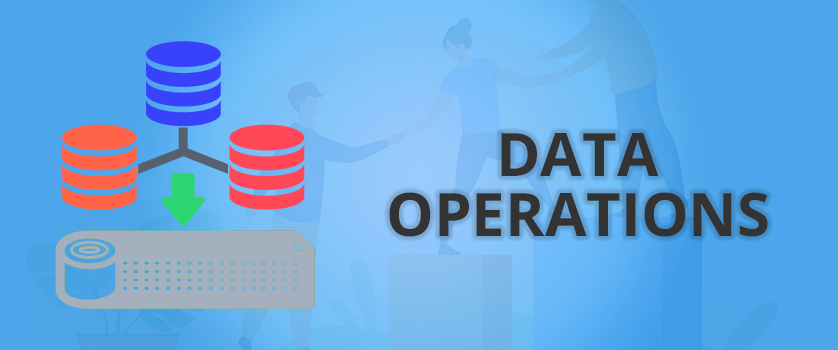
DevOps, the software development approach to agile and quality software development and delivery, has initiated the introduction of various new software engineering methodologies and disciplines that facilitate collaboration between dev, operations, and other engineering teams, allowing them to build and deliver new software or features consistently and reliably.
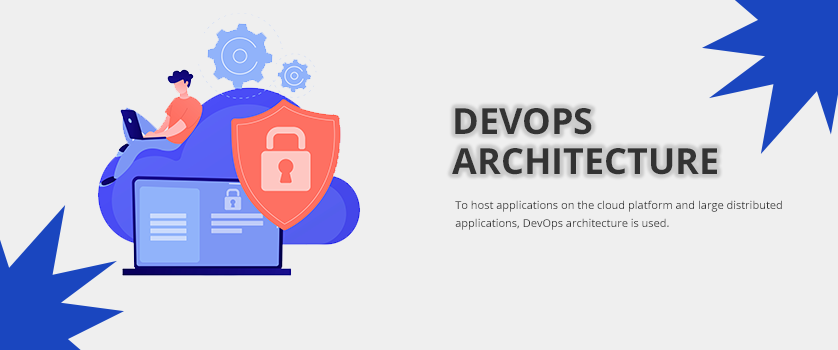
To host applications on the cloud platform and large distributed applications, DevOps architecture is used. Well, that�s the standard definition, but we�ll tell you how it works.
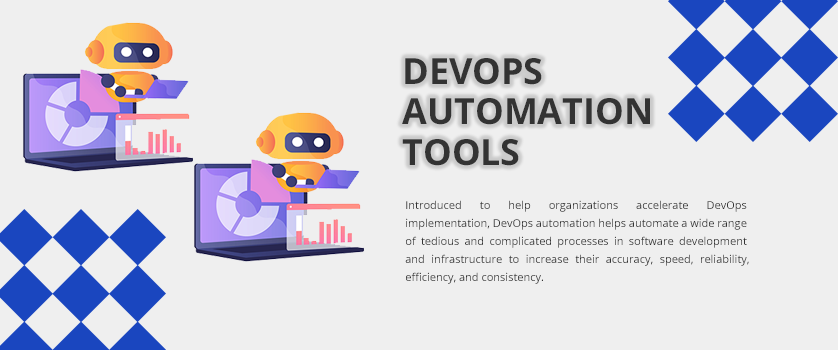
The process of software development and delivery has transformed tremendously in the past few years to be more agile, rapid, and accurate because of the constant advancement in technologies. One such technology responsible for this transition of development processes is DevOps.
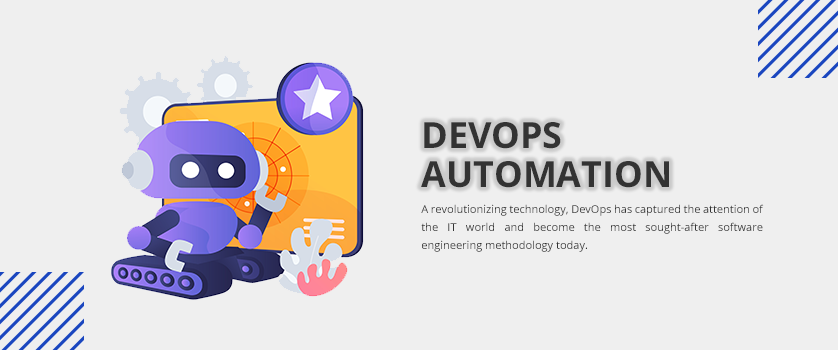
A revolutionizing technology, DevOps has captured the attention of the IT world and become the most sought-after software engineering methodology today. It is considered the driving force responsible for improving the efficiency and productivity of Information Technology and establishing a more unified and collaborative workflow that helps deliver sophisticated, innovative, and high performing applications.
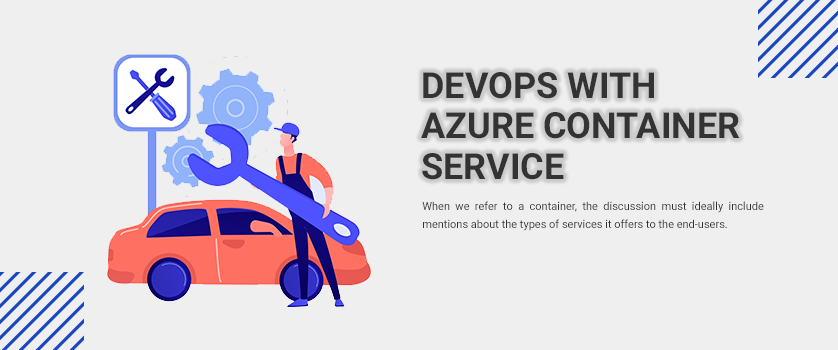
Containers refer to a software package that provides an environment wherein all components required to run an application are available. It can be understood as a framework, which includes system libraries, system dependencies, and various other configuration files needed to run an application.
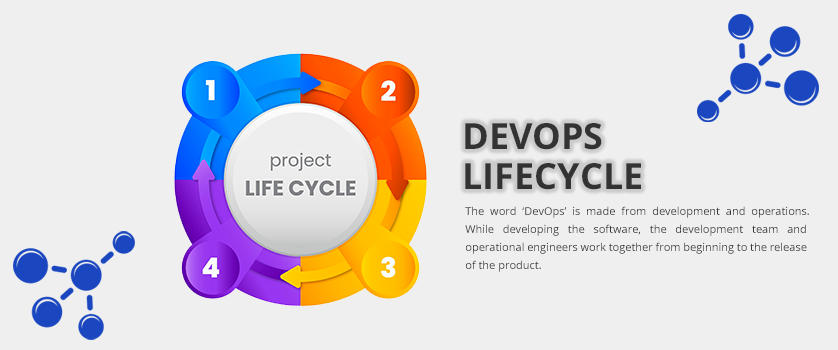
The word DevOps is made from development and operations. While developing the software, the development team and operational engineers work together from beginning to the release of the product. Since these days applications are developed in an iterative environment, the DevOps team goes through many iterations or cycles - known as DevOps lifecycle.
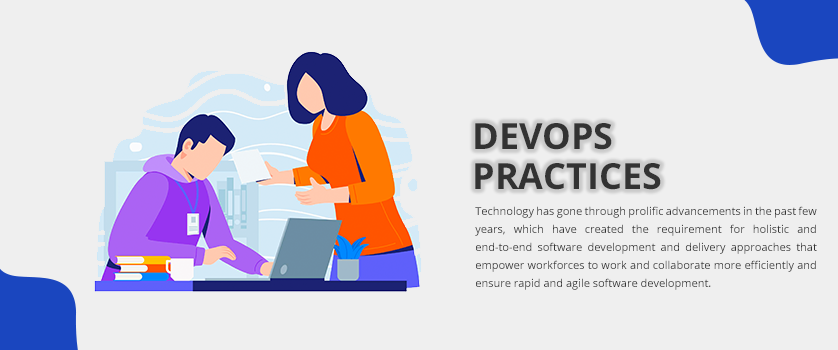
DevOps pipeline is a practice where both the development and the operations team use this method to build, test, and deploy the software faster. The goal of using a pipeline is to remain focused and organized during the software development life-cycle (SDLC).
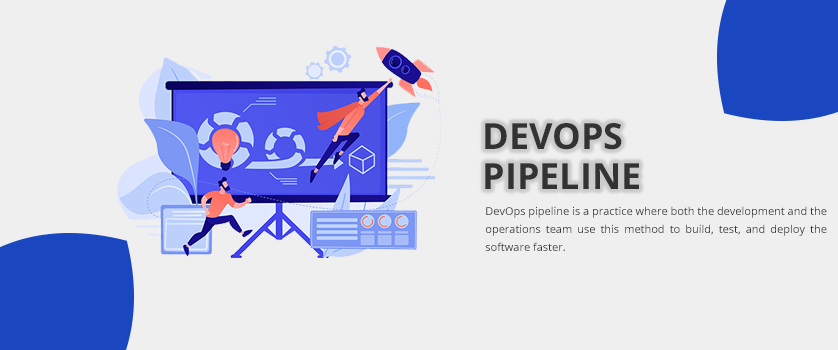
Technology has gone through prolific advancements in the past few years, which have created the requirement for holistic and end-to-end software development and delivery approaches that empower workforces to work and collaborate more efficiently and ensure rapid and agile software development. This requirement led to the introduction of a more collaborative and agile culture of software development by DevOps.
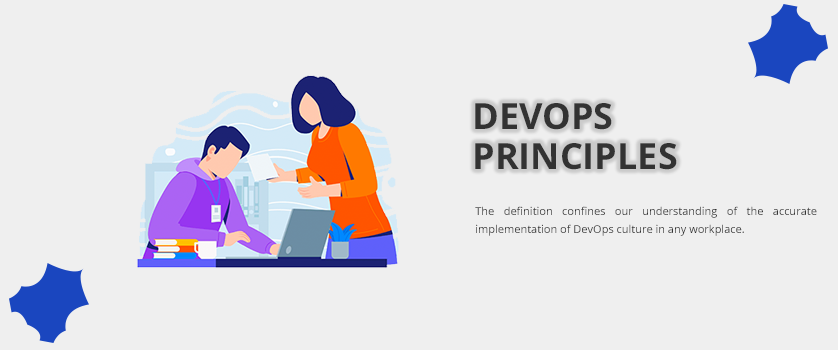
DevOps is a practice followed by almost all IT giants, as it is a more collaborative approach towards software development lifecycle.
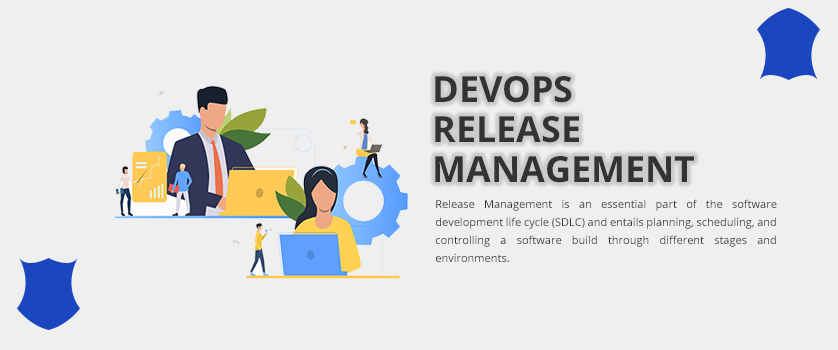
To adapt to the rapid pace of development that customers today have come to expect as well as to stay competitive and relevant, organizations worldwide are embracing DevOps methodologies and technologies to accelerate innovation and shorten the development life cycle.
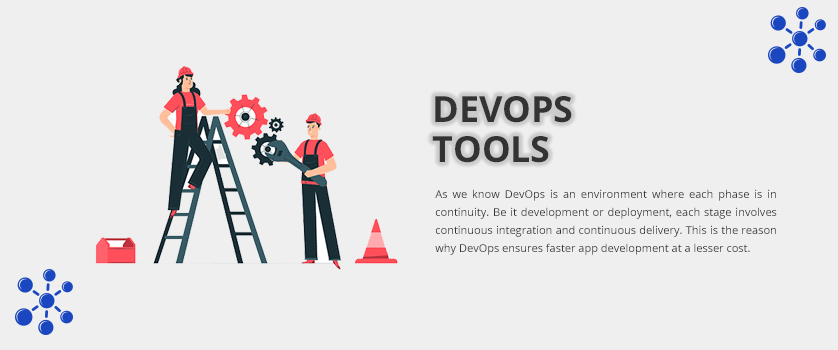
As we know DevOps is an environment where each phase is in continuity. Be it development or deployment, each stage involves continuous integration and continuous delivery. This is the reason why DevOps ensures faster app development at a lesser cost.
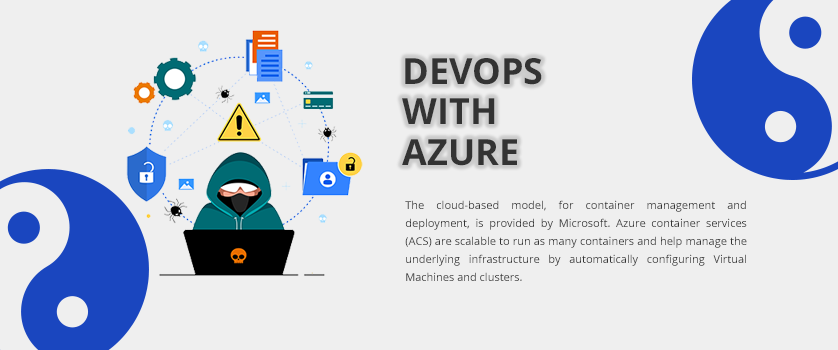
Containers refer to a software package that provides an environment wherein all components required to run an application are available.It can be understood as a framework, which includes system libraries, system dependencies, and various other configuration files needed to run an application.
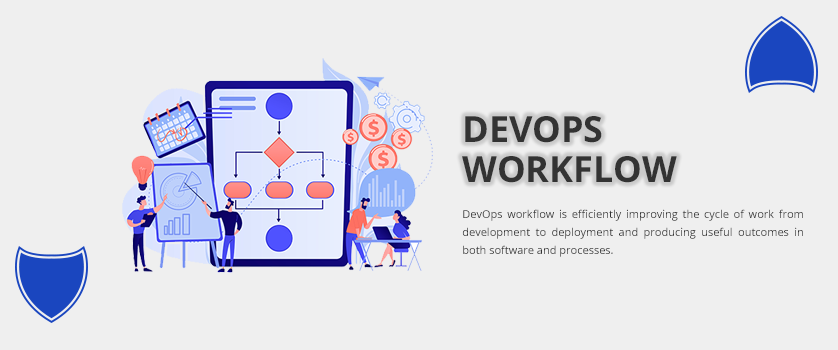
The advent of new technologies has fundamentally transformed software development workflows and processes in the last decade, which has further changed how consumers consume services daily.

It's a tool that helps developers automate the deployment of applications using lightweight containers, thus the application can work effectively in distinct environments.
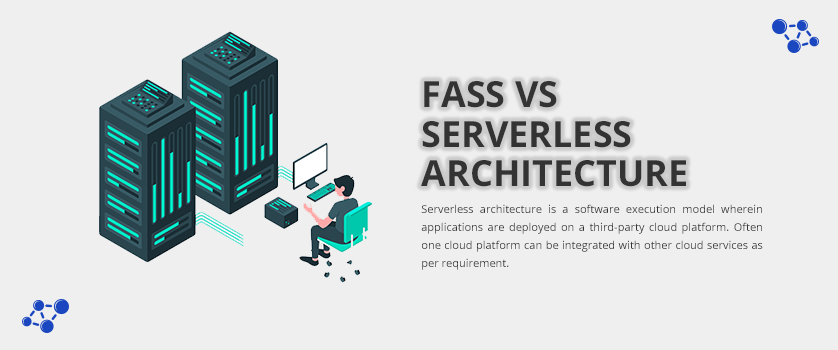
Serverless architecture is a software execution model wherein applications are deployed on a third-party cloud platform. Often one cloud platform can be integrated with other cloud services as per requirement. Execution of servers in such a set-up is taken care of by the cloud providers, without the need to manage physical or virtual servers.
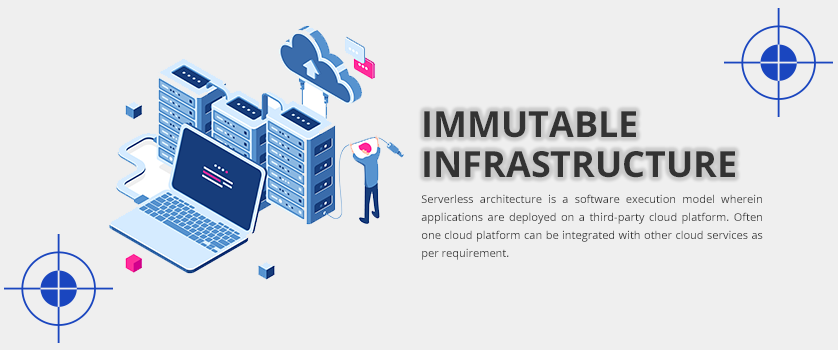
With the rise of cloud services, immutable infrastructure is also witnessing popularity. Immutable infrastructure means servers that are never modified after the deployment because they work differently. If you want to update any existing server you can�t make those changes as the main goal of deploying an immutable infrastructure is to keep the server intact.

With the rise of cloud services, immutable infrastructure is also witnessing popularity. Immutable infrastructure means servers that are never modified after the deployment because they work differently. If you want to update any existing server you can�t make those changes as the main goal of deploying an immutable infrastructure is to keep the server intact.

Kubernetes, or k8s, is an open-source platform that automates Linux container operations. It eliminates many of the manual processes involved in deploying and scaling containerized applications.
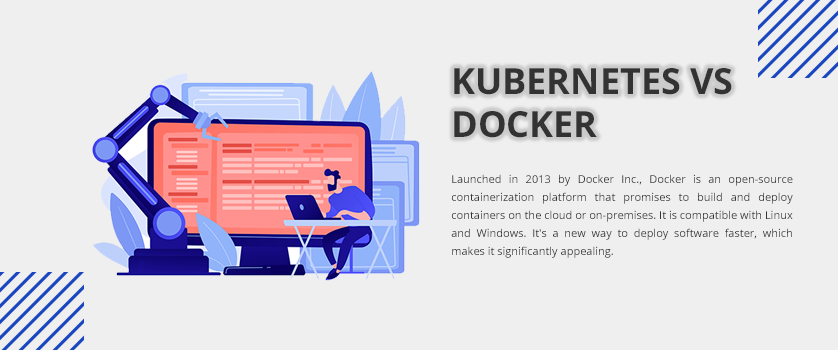
Launched in 2013 by Docker Inc., Docker is an open-source containerization platform that promises to build and deploy containers on the cloud or on-premises.

For many years technology has become an integral and inevitable part of our lives, without which we cannot imagine surviving in this dynamic world.

Release orchestration is the process where developers organize tasks such as planning, tracking, and communicating throughout the software release cycle across different teams.
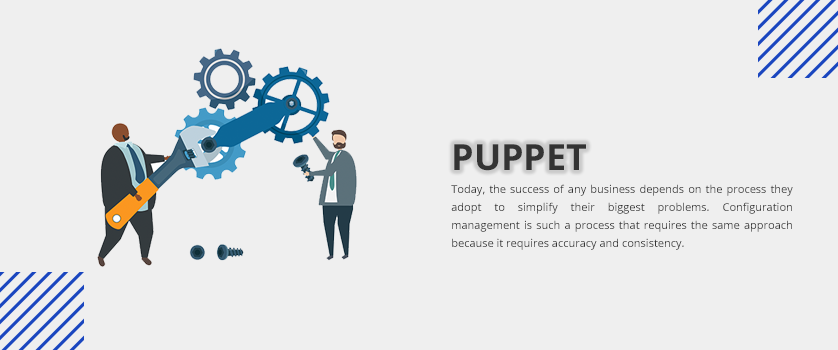
Today, the success of any business depends on the process they adopt to simplify their biggest problems.
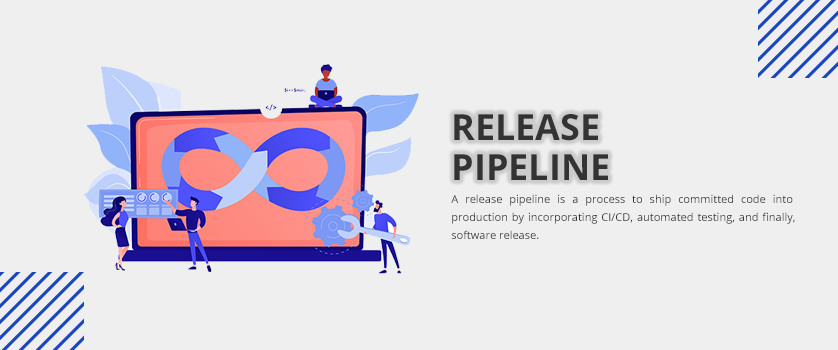
A release pipeline is a process to ship committed code into production by incorporating CI/CD, automated testing, and finally, software release.
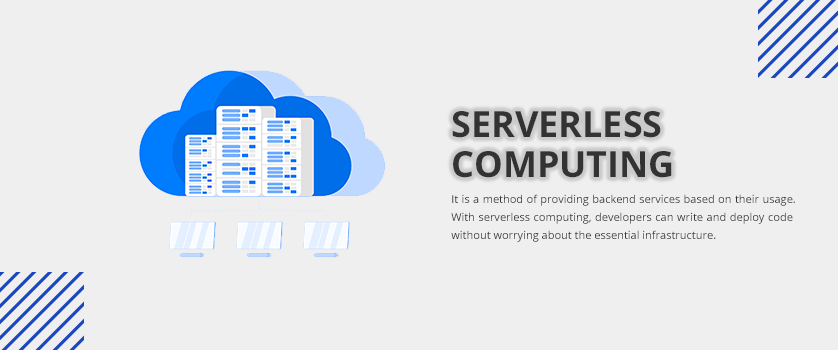
It is a method of providing backend services based on their usage. With serverless computing, developers can write and deploy code without worrying about the essential infrastructure.
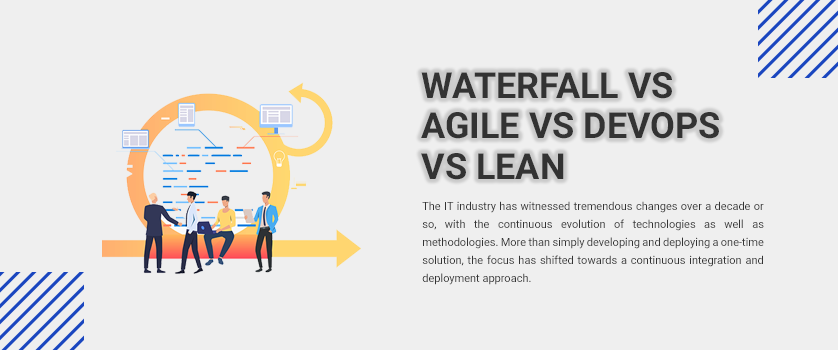
The IT industry has witnessed tremendous changes over a decade or so, with the continuous evolution of technologies as well as methodologies.

Google cloud platform is one of the most widely adopted public clouds, offering a wide range of Google cloud services. Google cloud facilitates the management of data by implementing CI/CD methodologies that ensure high quality, maintainability, and more flexible data processes and workflow.

The DevOps methodology involves lots of phases that are interdependent. If one collapses other follows. So it is better to track the performance of each stage through pre-defined KPIs and metrics.

An advanced and scalable technology and software platform, co-founded by Rob Das and Eric Swan in 2003, Splunk is used by individuals and organizations for managing, monitoring, searching, analyzing, and visualizing any machine-generated data in real-time.
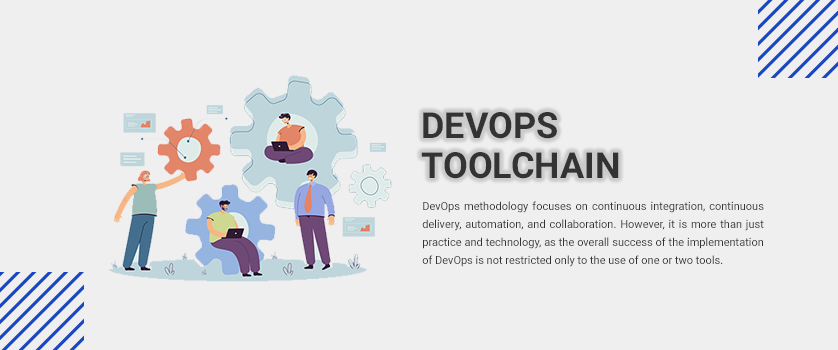
DevOps methodology focuses on continuous integration, continuous delivery, automation, and collaboration. However, it is more than just practice and technology, as the overall success of the implementation of DevOps is not restricted only to the use of one or two tools. In fact, to implement a well-planned DevOps strategy, you need a range of tools.
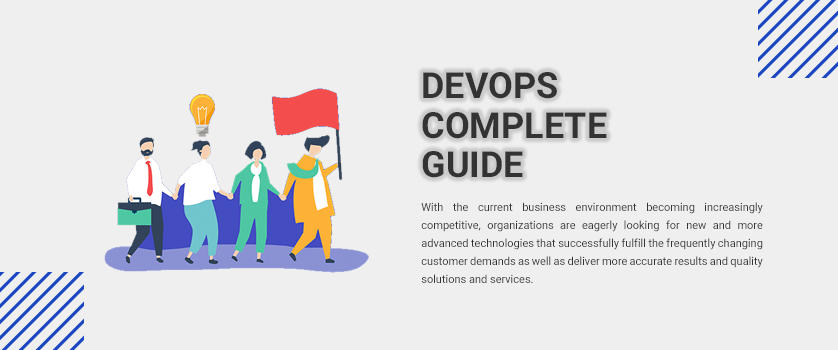
An amalgamation of development (Dev) and operations (Ops), DevOps is an ethos or set of practices that emphasize the significance of collaboration as well as communication among teams- software developers and production IT professionals. Its main objective is to shorten the software development cycle and provide continuous delivery, with the highest software quality possible.
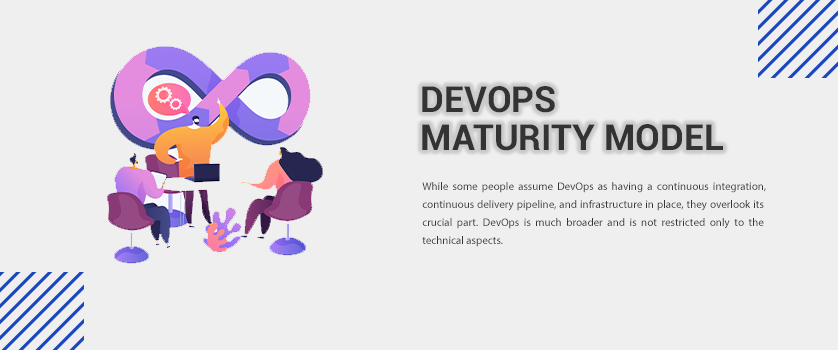
While some people assume DevOps as having a continuous integration, continuous delivery pipeline, and infrastructure in place, they overlook its crucial part. DevOps is much broader and is not restricted only to the technical aspects. To implement a successful DevOps strategy typically teams struggle with these things that are not technical at all:
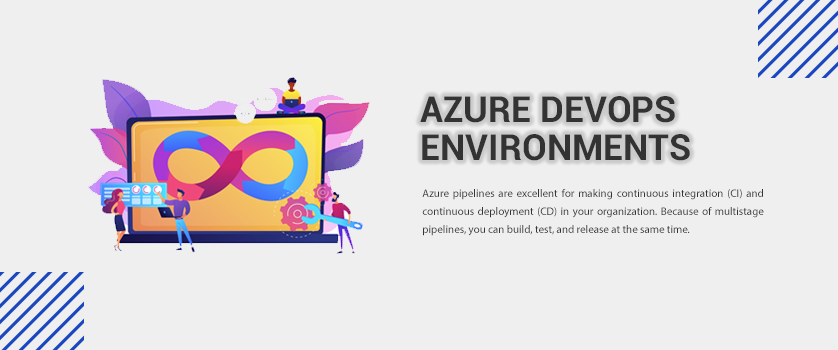
Azure pipelines are excellent for making continuous integration (CI) and continuous deployment (CD) in your organization. Because of multistage pipelines, you can build, test, and release at the same time. An Azure environment represents a group of resources that can be targeted by deployments from a pipeline, allowing you to map physical or virtual environments such as development, production, and Q&A into agile development.
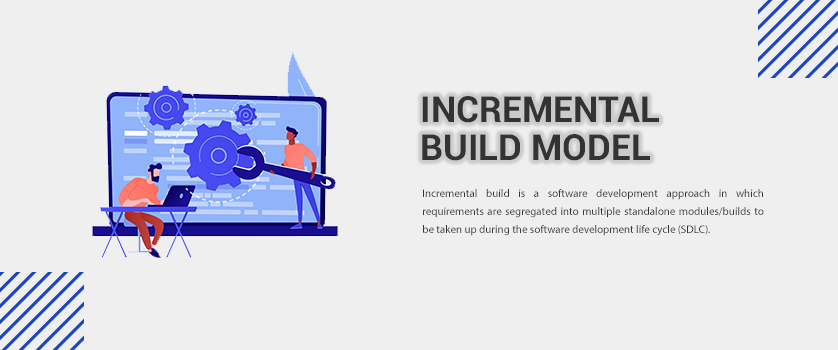
Incremental build is a software development approach in which requirements are segregated into multiple standalone modules/builds to be taken up during the software development life cycle (SDLC). The idea is to divide cycles into small manageable modules, which have to successfully pass-through requirements, design, coding, and tests.

In the past few years, the IT industry has gone through tremendous changes due to innovations and advancements in technology. DevOps is one such key player in this transformation that has removed siloed roles and processes, establishing closer collaboration between developers and system administrators in the software development process, promoting automation and continuous delivery, among other beneficial practices.

Terraform is an open-source tool created by the Hashi Corp. It is a declarative coding tool that works as Infrastructure as a Code (IaC). Terraform enables developers to use high-level configuration language HCL that describes the �end state� cloud or on-premise infrastructure to run an application. After describing the end states, it rolls out a plan for reaching the end state and accordingly provides the infrastructure.
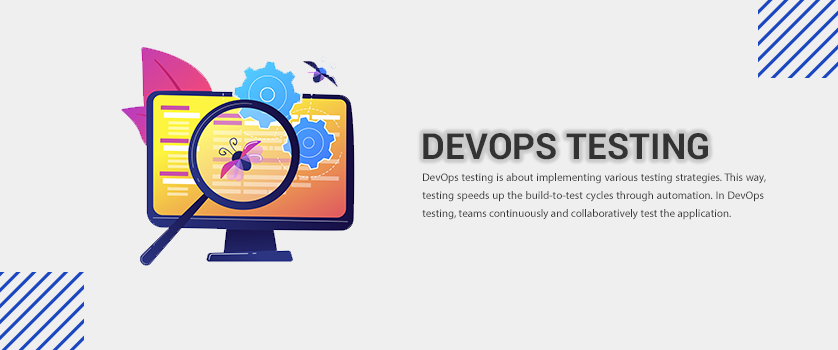
DevOps testing is about implementing various testing strategies. This way, testing speeds up the build-to-test cycles through automation. In DevOps testing, teams continuously and collaboratively test the application. The shift-left testing approach ensures that everyone in the team collectively contributes towards the common goal of delivering software to the customer with agility and quality.

Nowadays, speed and quality have become the new norm of the software industry, propelling the need for the adoption of new development methodologies and cultures like DevOps and agile. DevOps, with its agile, continuous, and automated delivery cycle, enables enterprises to rapidly meet the changing demands and accelerate the delivery of reliable and quality software.
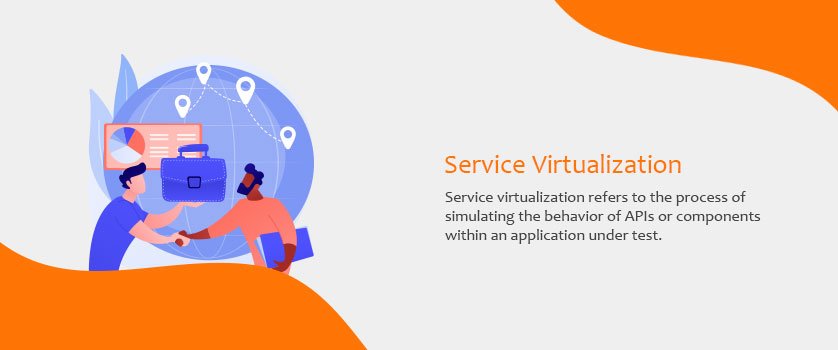
Service virtualization refers to the process of simulating the behavior of APIs or components within an application under test.

Cloud is an integral aspect of DevOps that aids in just about every step of its successful operations. From enabling improved collaboration to allowing the effortless building of experimental test environments for quickly prototyping solutions, and more, Cloud Computing plays a vital role in the hassle-free and simple implementation of DevOps.
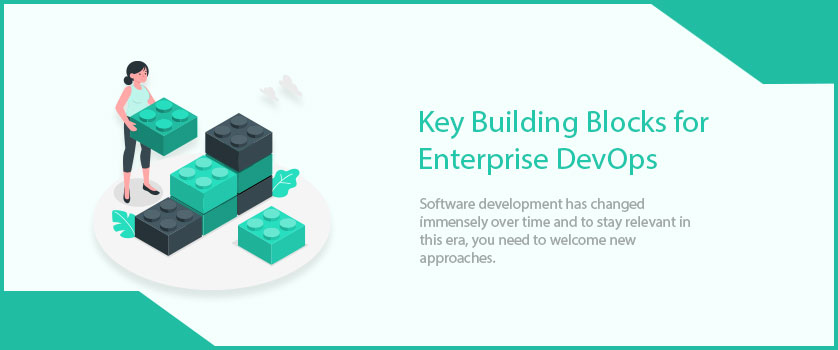
Software development has changed immensely over time and to stay relevant in this era, you need to welcome new approaches. DevOps has proved its significance and there are lots of companies that want to leverage it to get ahead of their competitors. But it is not just technology like many people think it is.
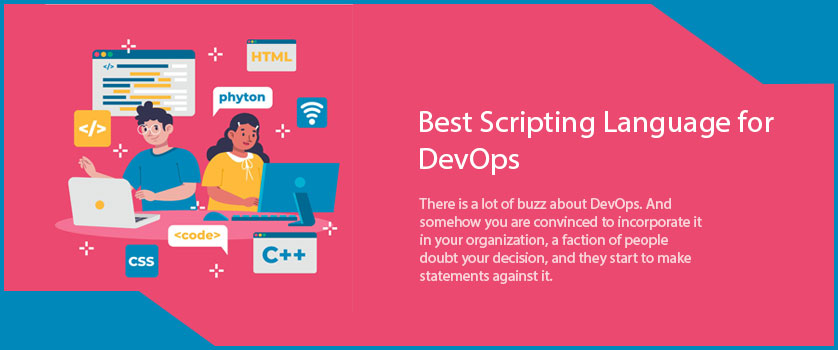
There is a lot of buzz about DevOps. And somehow you are convinced to incorporate it in your organization, a faction of people doubt your decision, and they start to make statements against it. They tell you that DevOps is all about putting the existing technology down and learning a new one.
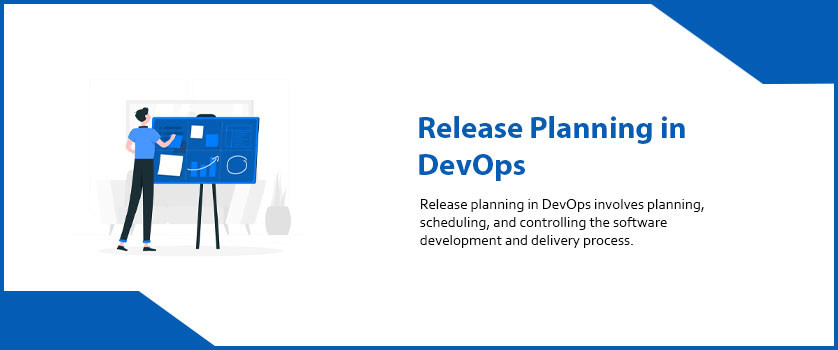
Release planning in DevOps involves planning, scheduling, and controlling the software development and delivery process. Unlike earlier development approaches, DevOps includes both developers and IT operations collaborating from the beginning of the process to the end. By this method, they allow fewer, shorter feedback loops and faster releases.
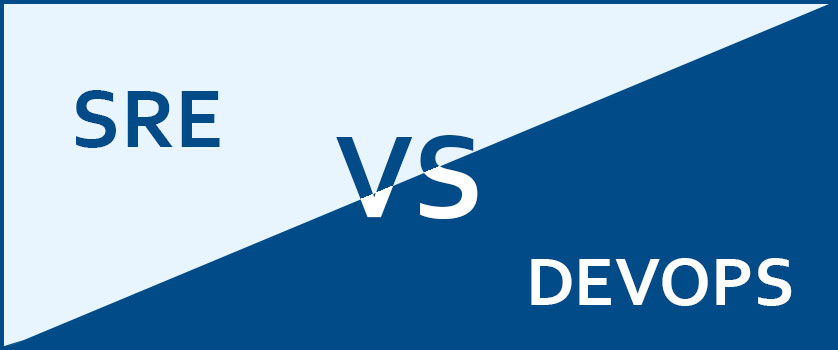
Over the years, the spectrum of software development has witnessed a drastic change, with new and more advanced technologies making the process more rapid, accurate, manageable, and consistent. DevOps and Software Reliability Engineering (SRE) are two such technologies designed to address organizations� need for software operations management. These two similar yet distinct technologies have been coexisting, facilitating the development of reliable software and features.
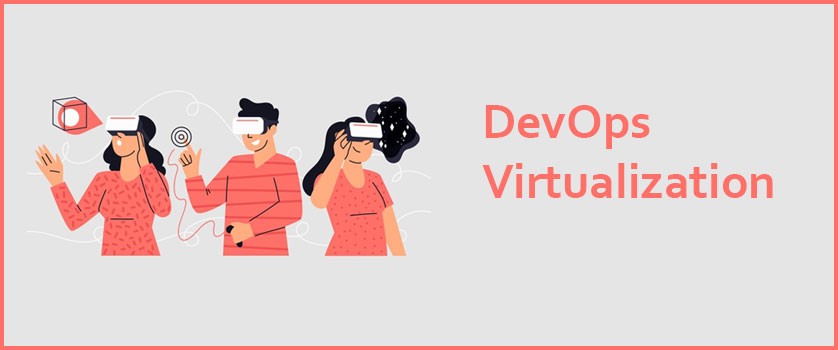
DevOps is one of the key enablers of rapid and consistent software development and deployment today, as it combines new strategies and methodologies to facilitate better team collaboration and continuous delivery of quality software or features.

Cloud-native refers to the concept of building applications and executing them in a dynamic containerized cloud-based architecture. Cloud-native broadens the scope for building scalable applications, as the possibilities for developing and testing an application are in a more dynamic environment. Developers working on building a new product have access to the public, private and hybrid clouds, which can be integrated with containers, service meshes, microservices, APIs, and more.

we are not going to bombard you with tons of practices, case studies, and forecasts that sometimes complicate even the most simple tasks. Instead, what we are going to tell you is a lot easier, and it has the capacity to put you way ahead in the race.

DevOps is not just a technology but a culture that offers remarkable opportunities and benefits to organizations adopting it. Due to this, over the years, it has become the most sought-after technology, responsible for faster and continuous development, deployment, automation, and monitoring. However, the factors and principles that make this technology what it is today are numerous.
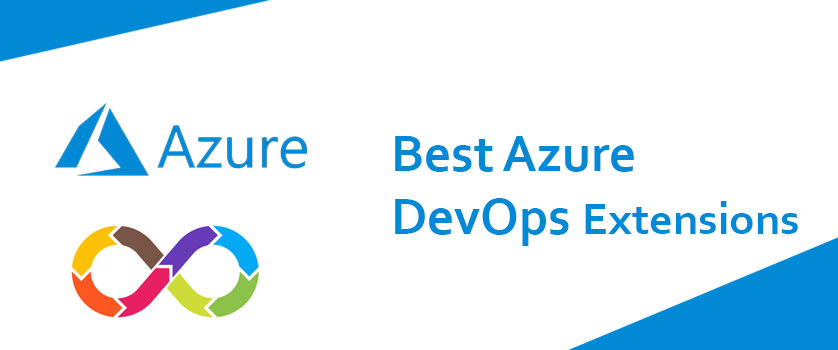
Azure DevOps Extensions are add-ons that are customized to provide a better DevOps experience. The language they are written with is HTML, JavaScript, and CSS. To develop these extensions, only preferred development tools are used. These extensions use RESTful API Library to easily interact with Azure DevOps and applications/services. The Visual Studio Marketplace is where extensions are published and they can be kept private for you and your team or shared with the millions of developers currently using Azure DevOps.
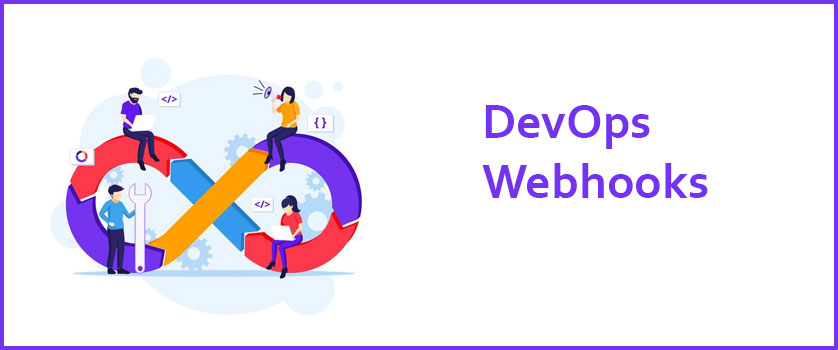
A webhook is an HTTP service that is set up to act like a call-back number. When you make your request on the service provider�s website, you include the URL of your webhook. When the service has completed the task you requested, they notify you by sending an HTTP request to the URL that you gave them and providing the information that you requested as its payload.
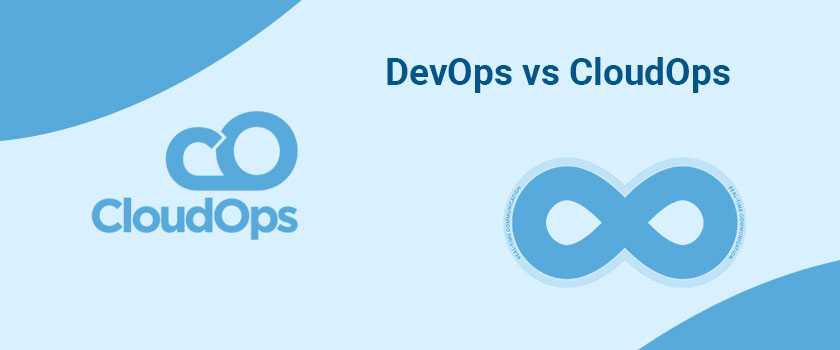
When it comes to DevOps, automation is the key. It delivers agile and repeatable processes to get the best final product. Contrary, CloudOps is a way of doing DevOps, but without using any on-site network server assets. It takes advantage of powerful cloud computing tools like Amazon Web Services(AWS), Google Cloud Platform(GCP), and Azure.
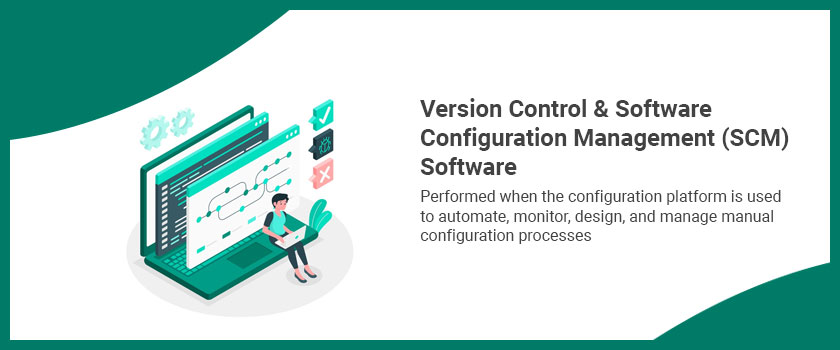
The world of technology has undergone tremendous transformations in the past decade, initiating the digital transition of businesses worldwide, enabling them to keep up with the changing business dynamics and customer expectations. Among the various technologies that made this transition possible is DevOps. DevOps helped organizations succeed with digital transformation by shifting their cultural mindset, breaking down detrimental silos, and paving the way for continuous change and rapid experimentation.

It is a serverless compute service that responds to the events triggered by a user and automatically manages underlying computing for the resources. Lambda can extend other AWS services to create customized backend services, which can operate as per AWS scale, performance, and security.